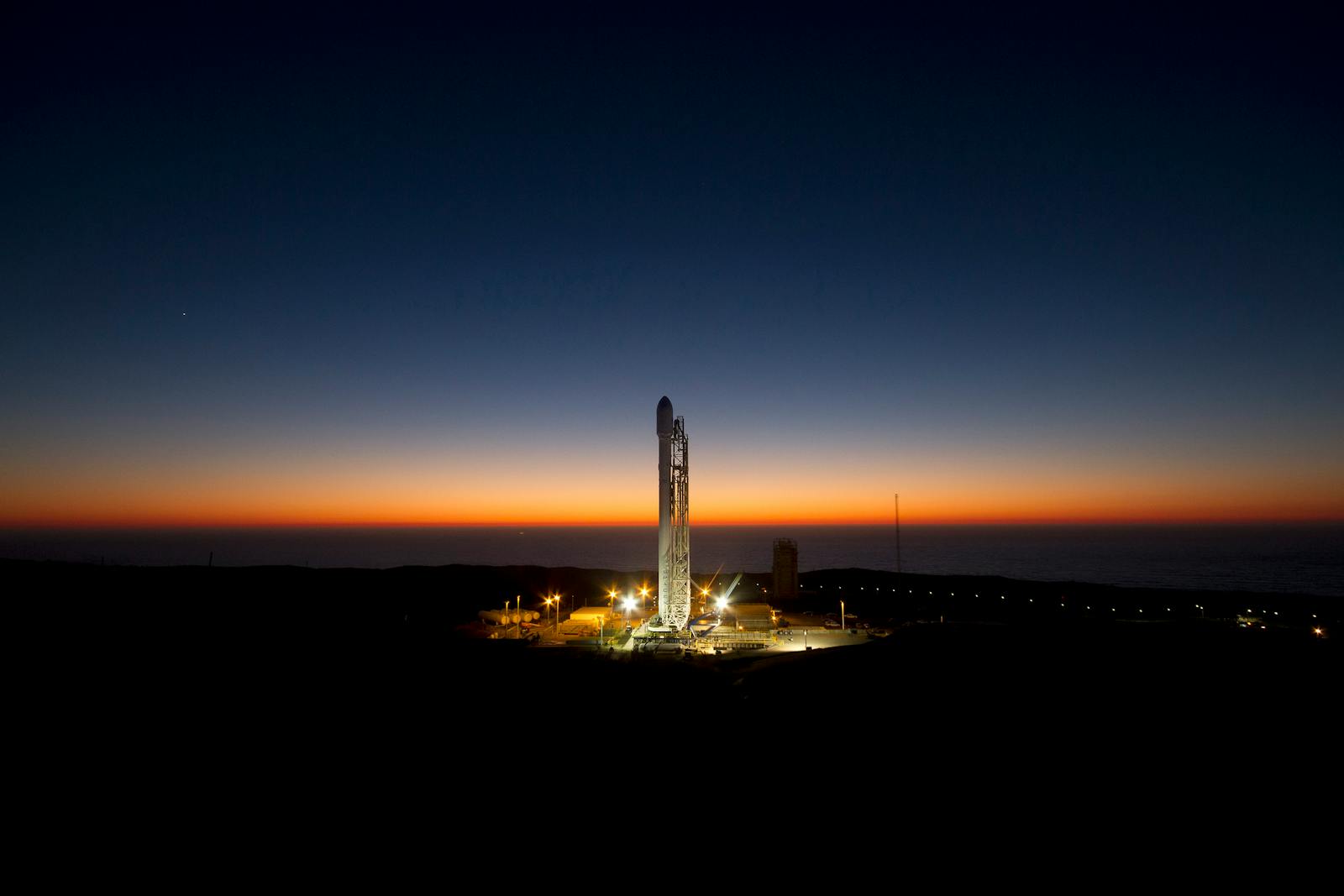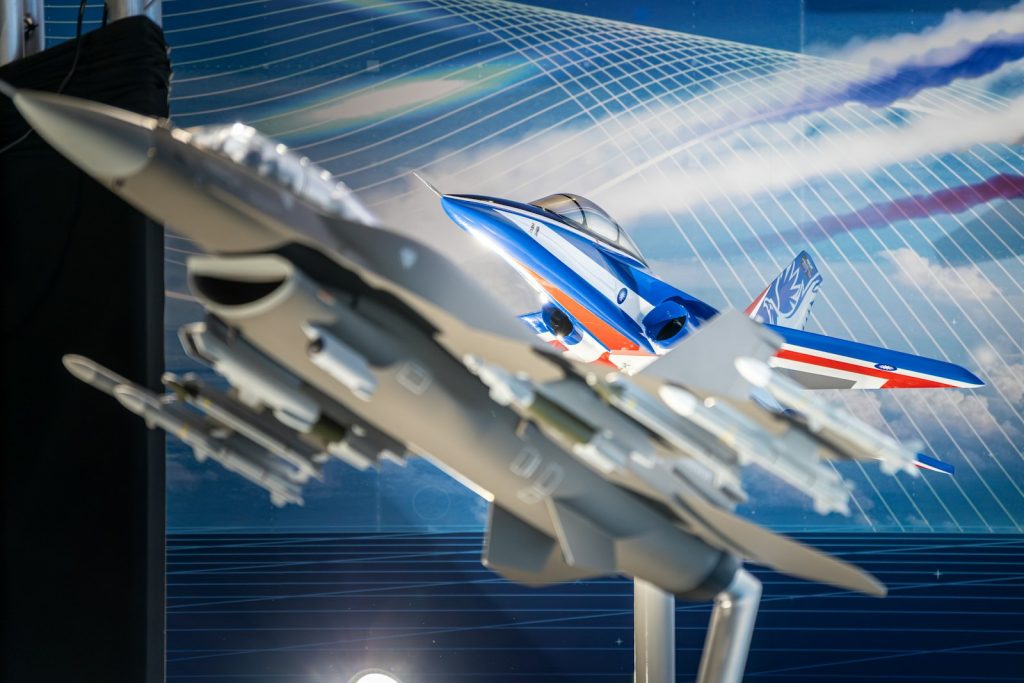
The Power of a Perfect Seal Securing the Future of Flight
In the high-stakes world of aerospace engineering, even the smallest components can make the difference between success and failure. Among these critical elements are seals and gaskets – seemingly simple parts that play an outsized role in aircraft safety and performance. The power of a perfect seal securing the future of flight isn’t just an engineering consideration; it represents the fundamental trust passengers place in aircraft manufacturers and airlines every time they board a plane. As aerospace technology advances to meet growing global demand, the integrity of sealing systems becomes increasingly vital to the industry’s future.
Why aerospace sealing matters more than ever
Modern aircraft operate under extreme conditions that would have been unimaginable just decades ago. Commercial jetliners regularly cruise at altitudes exceeding 30,000 feet, where temperatures can plummet below -50°F while maintaining cabin pressurization equivalent to 8,000 feet. Meanwhile, engine components must withstand temperatures over 2,000°F, dramatic pressure differentials, and exposure to corrosive fluids. Under these punishing conditions, even microscopic seal failures can cascade into catastrophic events.
The aerospace industry has responded with increasingly sophisticated sealing technologies. Traditional rubber gaskets have given way to advanced composite materials, precision-engineered metal seals, and specialized designs tailored to specific applications. These innovations rely heavily on cutting-edge manufacturing processes, including laser cutting gaskets with tolerances measured in microns. Such precision ensures perfect fits even under the extreme thermal cycling and vibration typical in aircraft operation.
The evolution of aerospace sealing technology
Aerospace sealing technology has undergone remarkable evolution alongside aircraft development. Early aircraft relied primarily on simple cork, rubber, or asbestos gaskets that offered basic functionality but limited durability and performance. The jet age demanded better solutions, leading to the development of synthetic elastomers and metal-reinforced sealing systems capable of withstanding higher temperatures and pressures.
Today’s aerospace engineers leverage computational fluid dynamics and advanced materials science to create sealing solutions that maintain integrity under previously impossible conditions. Modern kammprofile gaskets exemplify this progress, combining a serrated metal core with soft facing materials to create seals that maintain effectiveness even after multiple compression cycles and thermal events. These sophisticated components ensure critical systems remain separated and contained throughout an aircraft’s operational life.
The advancement of sealing technology directly correlates with improvements in aircraft safety, efficiency, and environmental performance. By preventing fluid leaks, maintaining system pressurization, and ensuring thermal isolation, high-performance seals contribute significantly to modern aviation’s remarkable safety record. Have you ever considered how many different sealing systems are working perfectly on every successful flight you take?

Precision manufacturing: the key to perfect seals
Creating aerospace-grade seals requires manufacturing precision beyond what most industries demand. Laser cutting gaskets has revolutionized the production process, enabling intricate designs with tolerances measured in thousandths of an inch. These advanced manufacturing techniques ensure consistent quality impossible to achieve with traditional die-cutting methods.
For critical applications, manufacturers employ rigorous quality control processes, including microscopic inspection, material verification, and performance testing under simulated flight conditions. The power of a perfect seal securing the future of flight depends on this relentless attention to detail, as even minor manufacturing variations can compromise sealing performance under extreme conditions.
Kammprofile gaskets represent one of the most sophisticated sealing technologies used in aerospace applications. These engineered components combine a metal core featuring precision-machined serrations with facing layers of graphite, PTFE, or other specialized materials. This design creates a seal that conforms to surface irregularities while maintaining mechanical integrity, making them ideal for critical aerospace connections subjected to thermal cycling and vibration.
Meeting future challenges through innovation
As aerospace technology advances toward supersonic commercial travel, electric propulsion, and space tourism, sealing requirements will become even more demanding. Future aircraft will likely operate at higher temperatures, incorporate more exotic materials, and face stricter emissions and efficiency standards. The power of a perfect seal securing the future of flight will be tested as never before.
Manufacturers are already developing next-generation sealing solutions to meet these challenges. Nanomaterial-enhanced elastomers promise better temperature resistance and longevity. Smart seals incorporating embedded sensors can provide real-time monitoring of seal integrity and performance. Active sealing systems may even adjust their properties in response to changing conditions, ensuring optimal performance throughout flight.

Environmental concerns also drive innovation in aerospace sealing. Traditional seal materials often contained hazardous compounds that could contaminate surrounding environments when leaked or disposed of. Modern aerospace seals increasingly utilize environmentally friendly materials that maintain performance while reducing ecological impact. This shift represents a critical step toward sustainable aviation.
The human element in perfect sealing
While technology advances rapidly, the expertise of engineers, technicians and quality control specialists remains irreplaceable in aerospace sealing. Properly specifying, installing, and maintaining sealing systems requires deep knowledge and experience. You might be surprised to learn that improper installation accounts for more seal failures than actual material defects or design flaws.
Training programs for aerospace technicians emphasize proper sealing procedures, and certification standards ensure consistent quality. Aircraft maintenance protocols include regular inspection and replacement of critical seals before failures occur. This preventative approach acknowledges that the power of a perfect seal lies not just in its design and materials, but in the human systems that support its implementation.
The aerospace industry’s approach to sealing technology offers valuable lessons for other sectors facing similar challenges. From medical devices to renewable energy systems, the principles of aerospace-grade sealing can improve reliability, safety, and efficiency across industries. As transportation technology continues advancing toward a more sustainable future, the humble seal will remain an essential component in systems people trust with their lives every day.
Aircraft manufacturers, airlines, and regulatory bodies maintain an unwavering commitment to perfect sealing as a cornerstone of aviation safety and reliability. This dedication ensures that each time an aircraft takes flight, its complex systems remain perfectly contained and controlled, allowing passengers to travel with confidence to destinations worldwide.
